- YouTube
- TikTok
OU students travel to Costa Rica, perform with local dancers
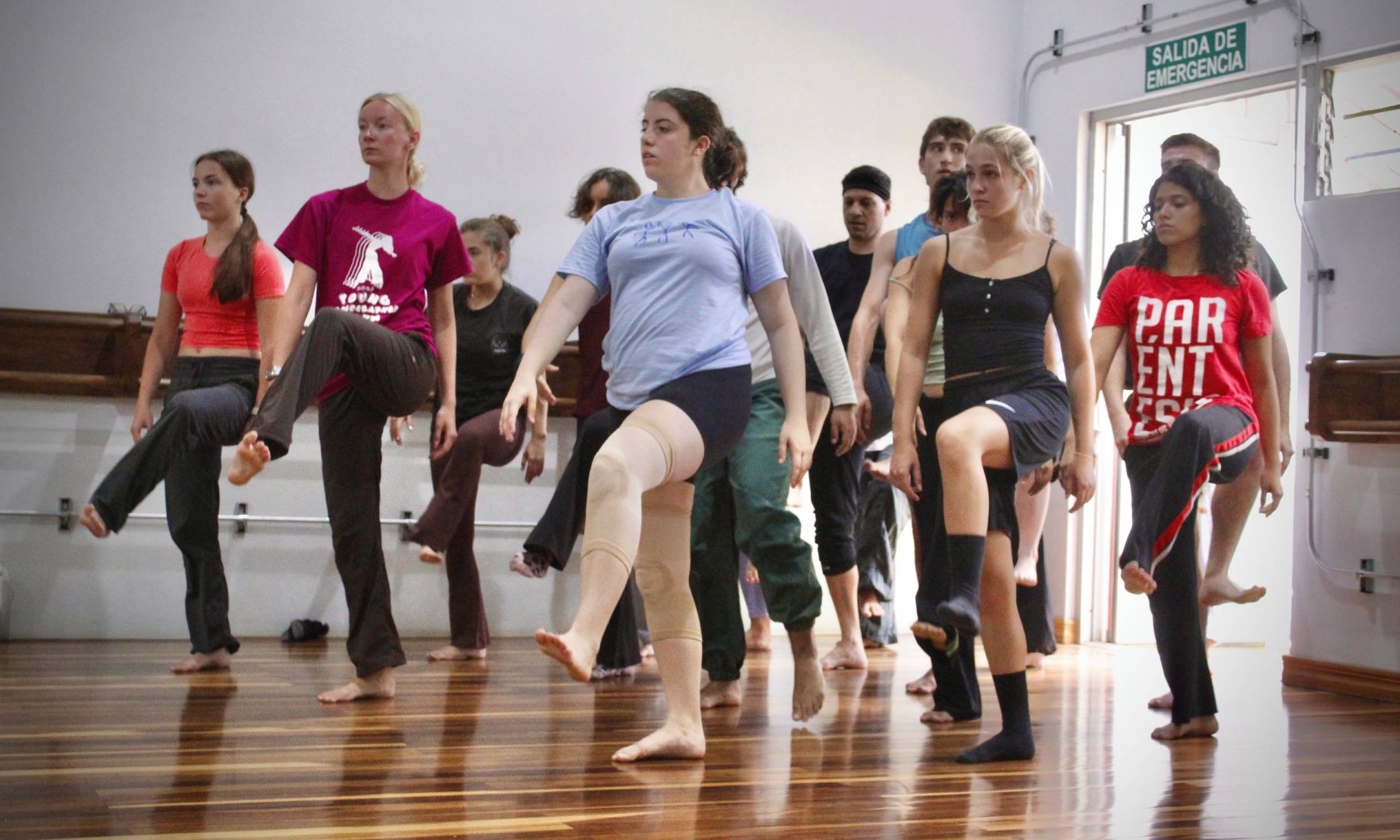
Students from Oakland University's Repertory Dance Company rehearse for a performance with students from the Universidad Nacional de Costa Rica. (Photo courtesy Crystal Orser)
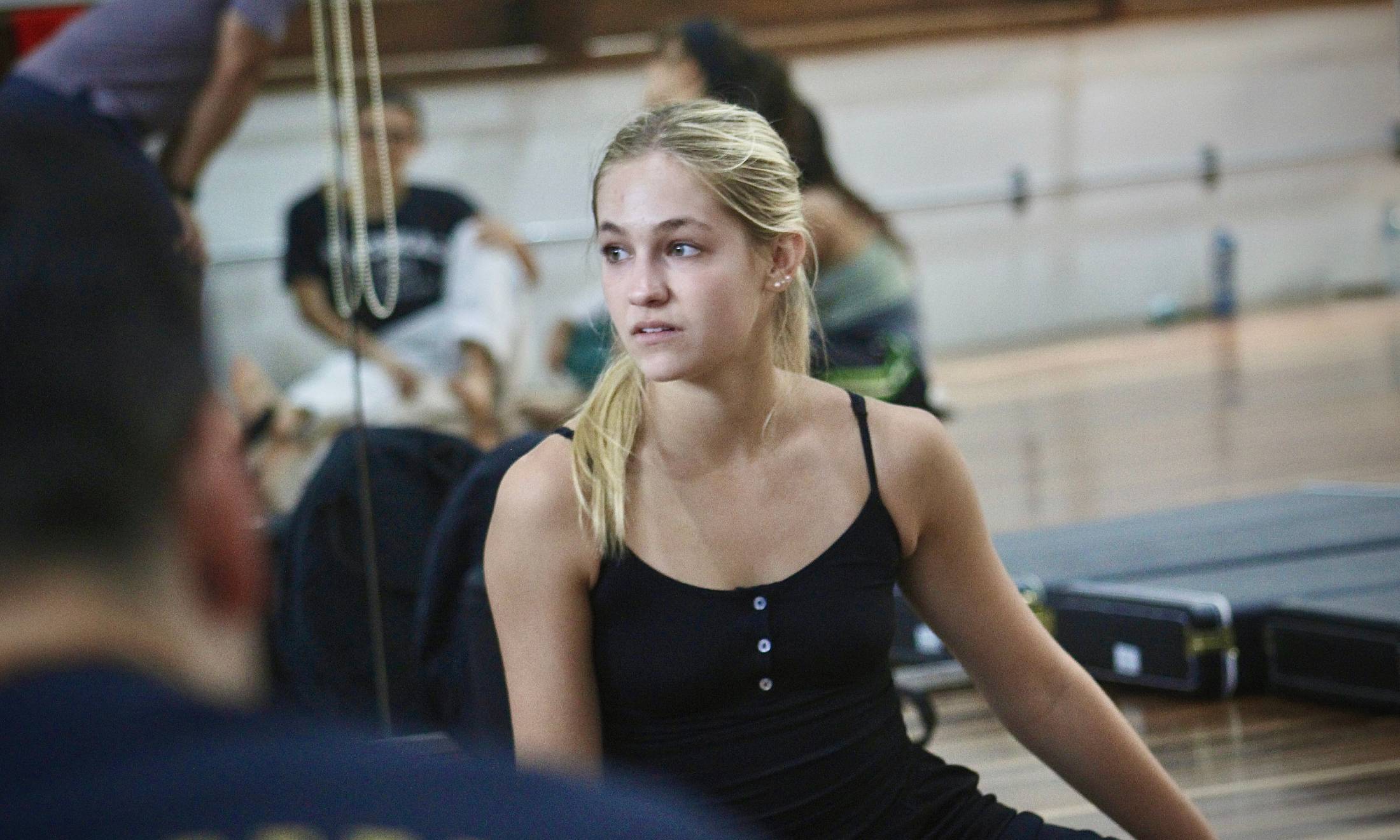
Students from Oakland University's Repertory Dance Company rehearse for a performance with students from the Universidad Nacional de Costa Rica. (Photo courtesy Crystal Orser)
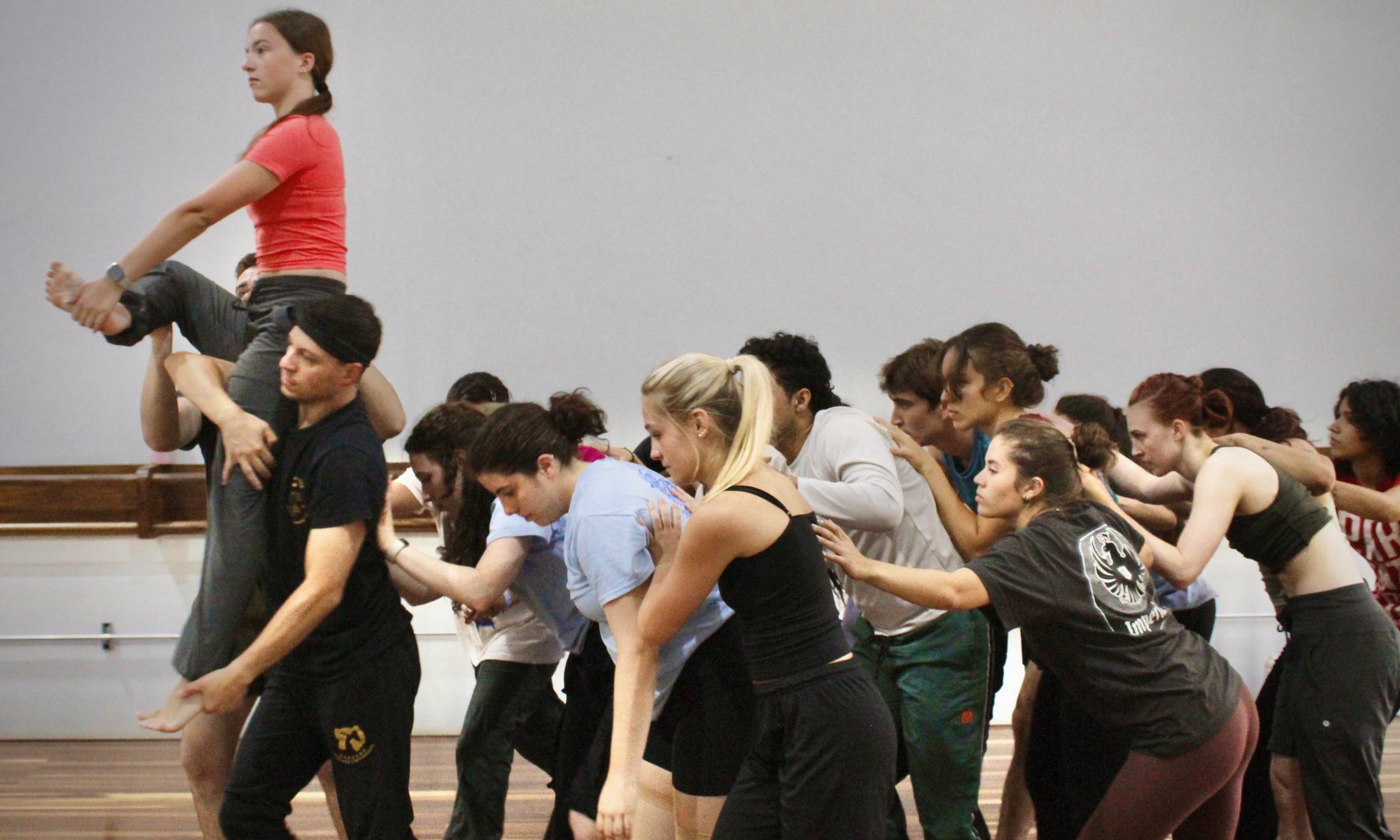
Students from Oakland University's Repertory Dance Company rehearse for a performance with students from the Universidad Nacional de Costa Rica. (Photo courtesy Crystal Orser)
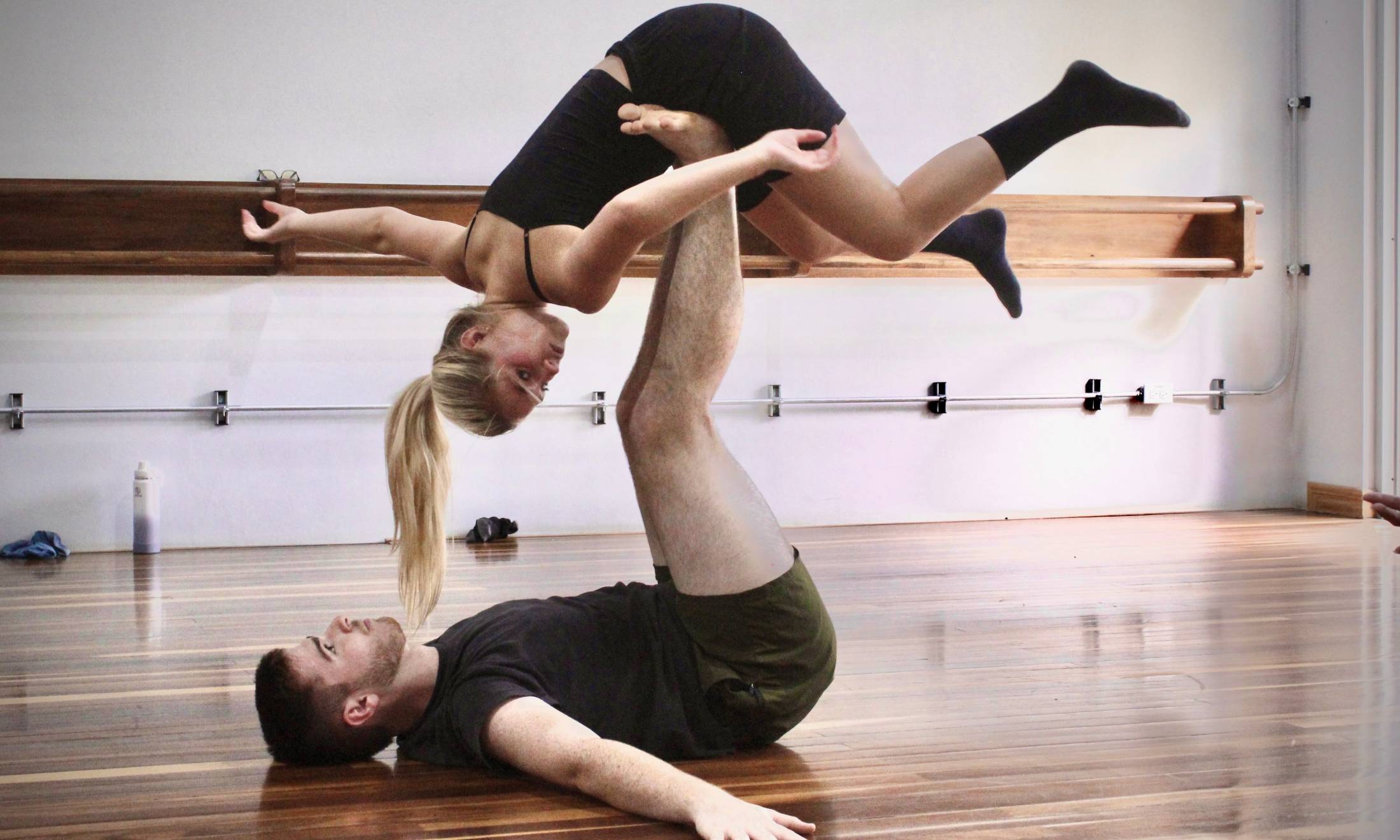
Students from Oakland University's Repertory Dance Company rehearse for a performance with students from the Universidad Nacional de Costa Rica. (Photo courtesy Crystal Orser)
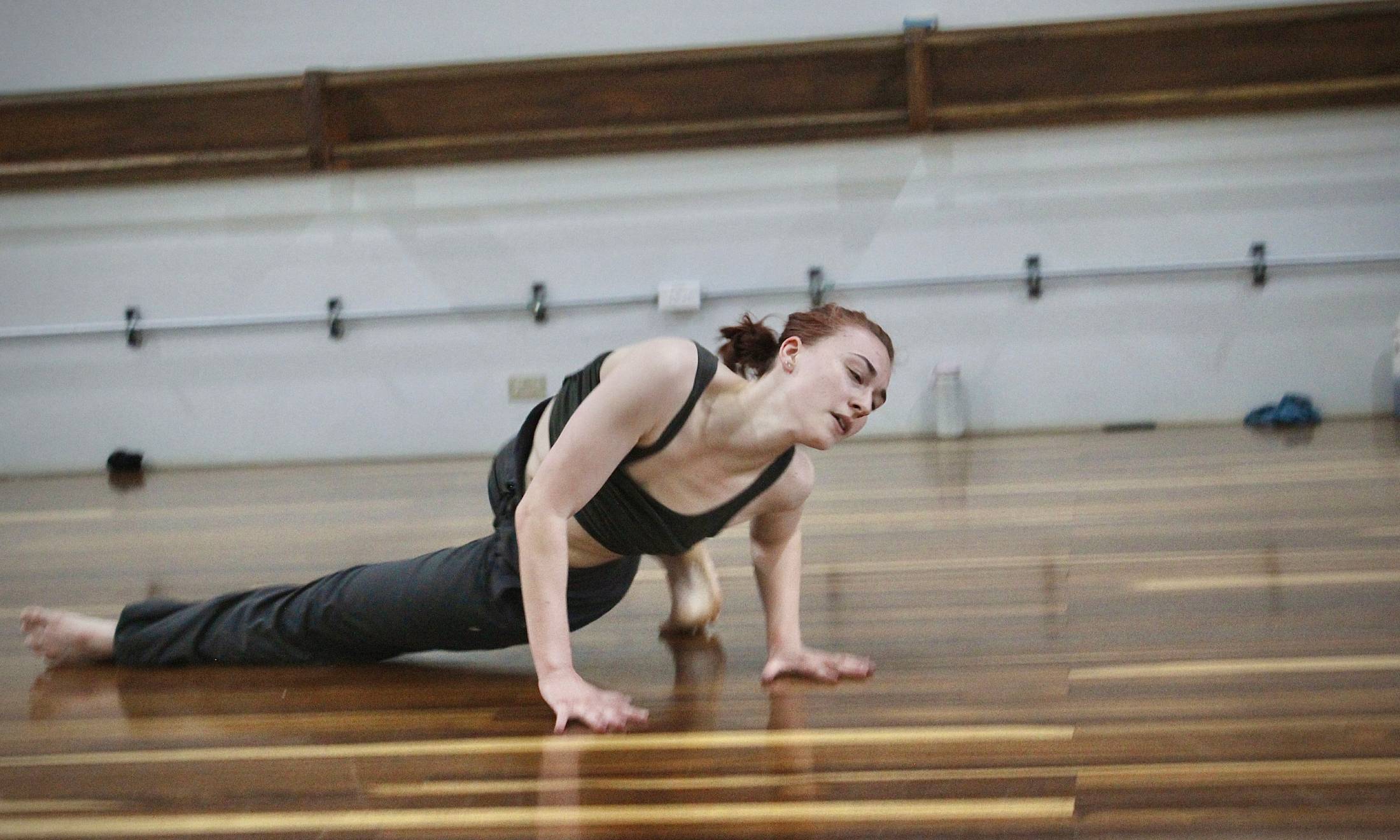
Students from Oakland University's Repertory Dance Company rehearse for a performance with students from the Universidad Nacional de Costa Rica. (Photo courtesy Crystal Orser)
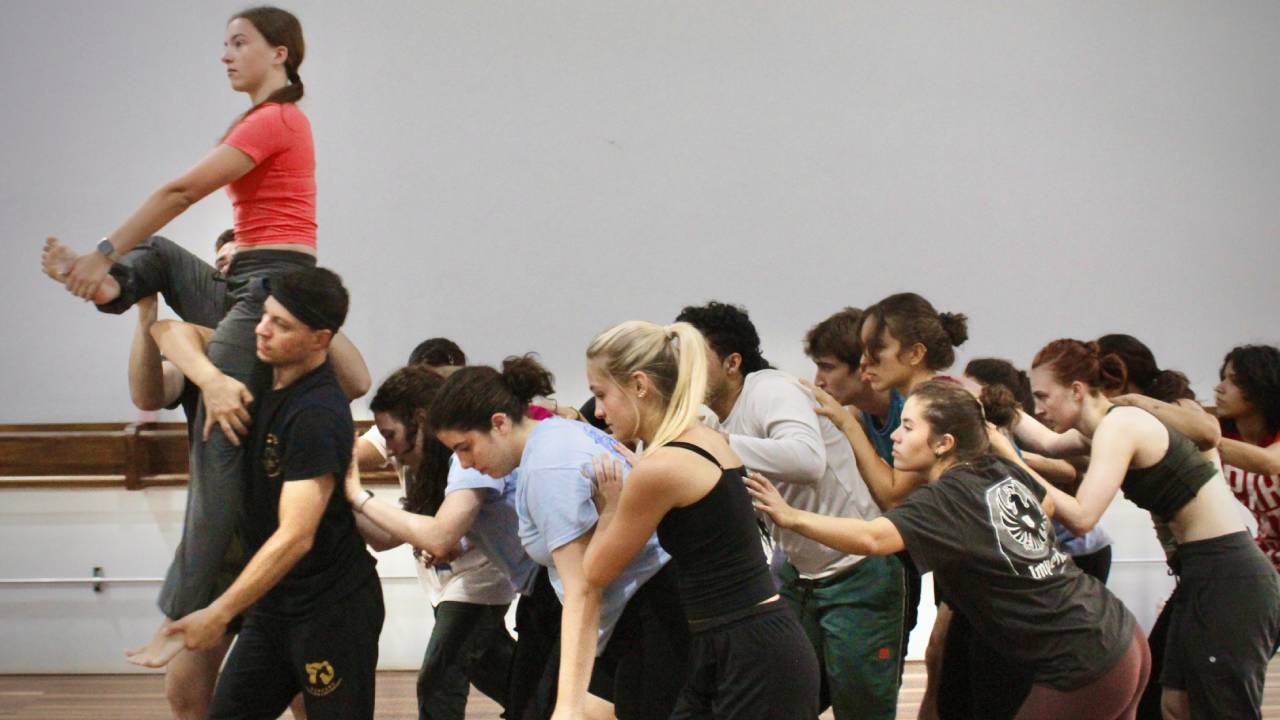
Over the summer, a group of students from Oakland University’s Repertory Dance Company, along with several OU faculty members, had an opportunity to travel to Costa Rica, where they spent a week immersing themselves in the country’s unique culture and traditions.
“Some of the most life altering experiences that I had as a young dancer were because I was able to travel for and perform on dance tours,” said Thayer Jonutz, associate professor of dance and director of the Repertory Dance Company at OU. “I was privileged enough to be able to travel to Japan, India, the Philippines, South Korea, and Argentina. The experience changed me forever, and made me the person I am today.
“It was my hope that I would be able to offer my dancers the same kind of life altering experience; one that would change their lives, change their perspective. and expand their definition of what dance is,” he added. “Based on their feedback, I’d say that’s exactly what happened. This experience has changed them forever.”
During the trip, the students from OU — including Jocelyne Daly, Jenna Ross, June Wallace, John Scott, Mikaela Weller, Kolton Peyson, Ruben Moraes, Katie Olivares, Nadia Howard, and Crystal Orser — had a chance to explore the area and interact with the locals, including students and faculty from the dance program at the Universidad Nacional de Costa Rica.
While the language barrier between the two groups proved to be a challenge, they quickly learned to communicate with each other through their shared passion for dance.
“Being able to have dance as a universal language when some of us didn’t speak Spanish was a feeling that I can’t describe,” Ross said. “We all share the same love and passion for this art. We were able to feed off each other’s energy.”
For Olivares, being able to communicate through dance was a unique opportunity.
“While we couldn’t communicate because of the language barrier, it didn’t matter once we started to dance and work together,” she said. “We were able to communicate to each other without having to say words, and the dance that came out of that is something that is so special and unique.”
Weller agreed, calling dance a “universal art form.”
“This experience abroad opened my mind to the scope of what we can accomplish as artists, not just in the dance world I have grown up in, but in the international dance industry,” she said. “Thanks to this opportunity, I have personally experienced that dance is a universal art form uniting us across language barriers and cultural boundaries.”
The trip culminated in a collaborative dance performance featuring 10 students from Oakland University, and nine students from the Universidad Nacional de Costa Rica. The performance, based on the line “Why do trees conceal the splendor of their roots?" from the poem The Book of Questions, III by Pablo Neruda, was created by Jonutz over a seven week period in collaboration with OU faculty members Mike List (accompanist for dance), Bret Hoag (special lecturer of guitar), and Terry Herald (music audio technology lecturer).
“Part of the experience was that we wanted to collaborate with the third year students at the Universidad Nacional de Costa Rica,” Jonutz said. “So, every week, we would send video footage over to Costa Rica with choreographic phrases for the third-year students to learn. I never sent the whole entire show over. I just sent these choreographic phrases for them to learn so that when we got there, they were prepared with the building block phrases, so we weren’t starting from scratch.”
But after arriving in Costa Rica, Jonutz quickly realized that he would have to pivot and adapt the performance.
“Throughout the work, I had solos and duets sprinkled in the overall work,” he said. “But when we got to Costa Rica, I was so inspired by their dancers that I made those solos into duets by having a Costa Rican dancer pair with one of my Oakland University dancers.
“That took an incredible amount of humility and generosity on my dancers parts, because to relinquish control and ownership over a solo that was made for you and to invite another dancer into that role, that's a big deal,” Jonutz added. “I was very moved at the maturity and the openness of my dancers to be able to do that, likewise with the Costa Rican dancers. I was just moved and so impressed with their energy and focus for them to step into this, because they had no idea about the scope of the work either. But they just dug right in, got to work, and we did it.”
Daly said she was impressed by how quickly the Costa Rican dancers learned and connected to the movements, despite the language barrier.
“They picked it up fast, and that made working together feel seamless and effortless,” she said.
The collaborative performance proved to be so powerful, and was so well-received by the Costa Rican audience, that it brought Jonutz, as well as some students and faculty members, to tears.
“I rarely show emotion, but I couldn't hold it back” Jonutz said. “I was weeping throughout the whole show, with joy and pride in our dancers and the (Costa Rican) dancers. It was such a moving experience to see the unity that was formed between these two foreign groups of students.”
Even after dancing for nearly an hour, Moraes said none of the dancers wanted to leave the stage after the performance had concluded.
“There was this magic in the air, this feeling of ‘we’re in this together’ that made everyone stay,” he said. “Dancers, musicians crew, faculty — we’d all bonded in this deep, unspoken way. And then, out of nowhere, the musicians started playing again. Without even thinking, we jumped right back into dancing; celebrating not just the performance, but the fact that we got to share this stage, this week, and this moment with each other.”
For the first time ever, the entire performance was captured on a VR camera by OU faculty member Sam Srauy, an associate professor in communication, who also accompanied the group on the trip to Costa Rica.
“The original idea was just for me to record everything, but then I thought, ‘well, let's really make this big,’” Srauy said.
Working with Jonutz, Hoag, List, and Herald, as well as Dr. David Stone (vice president of research) and Dr. Elaine Carey (dean of the College of Arts and Sciences), Srauy came up with the idea to use a VR camera that is capable of recording in 12K to capture the performance during rehearsals in a way that would allow it to “exist beyond that one moment in time” as part of a virtual reality experience and potentially a permanent exhibit on campus.
“I said. ‘why don't we put a VR camera in the middle (of the performance), and then it could be something that's more than just a live experience,” Srauy said. “And then we thought, wouldn't it be great to take a journalism student or a photography student and have them document things and we could print out these really nice documentary style photographs of everything, and have them as like a cycling exhibit, where the photography changes out and you have a person in the middle who's undergoing this VR experience. And of course, wouldn't it be amazing, since this is going to be in Costa Rica, if it had original music recorded as a Dolby Atmos? So, like if you put on the VR goggles, you would have this experience where you hear 3D sound, and you can see the musicians circling around you. Or, you know, some really crazy, cool stuff like that. So, we have that in the in the works.”
When it’s finished, Srauy said the VR experience will be unlike anything that’s been done before.
“There have been public things captured in VR, but nothing like this,” she said. “Those are things where the VR experience was sort of an afterthought, so you would have people stick the VR camera where the audience is, and part of it is feeling like you're there but then you turn around and see the 3- year-old kicking the camera behind you, or something like that. Nothing quite like this had ever existed, so this is truly one of a kind and the fact that it's going to be a permanent exhibit, I’ve never been more grateful. I mean, this is probably the coolest thing I've ever done, and I've done some pretty cool things.”
In the meantime, Jonutz has been working with faculty at the Universidad Nacional de Costa Rica to get visas for the nine students who performed with the OU students there so that they can travel to the United States and perform the same show for the Oakland University Community.
“I think that kind of speaks to the success of the trip, that this had the potential to develop into a true exchange program where we host each other,” he said.
Study abroad fair on Sept. 23
OU’s Office of International Education will host a study abroad fair from 11 a.m.-1 p.m. on Tuesday, September 23, in the Oakland Center Habitat. Learn about a wide range of study abroad opportunities from program directors, representatives and students who will be there to answer questions and share their experiences studying abroad. For more information, visit oakland.edu/ie, email ie@oakland.edu or call (248) 370-2889.


 September 8, 2025
September 8, 2025